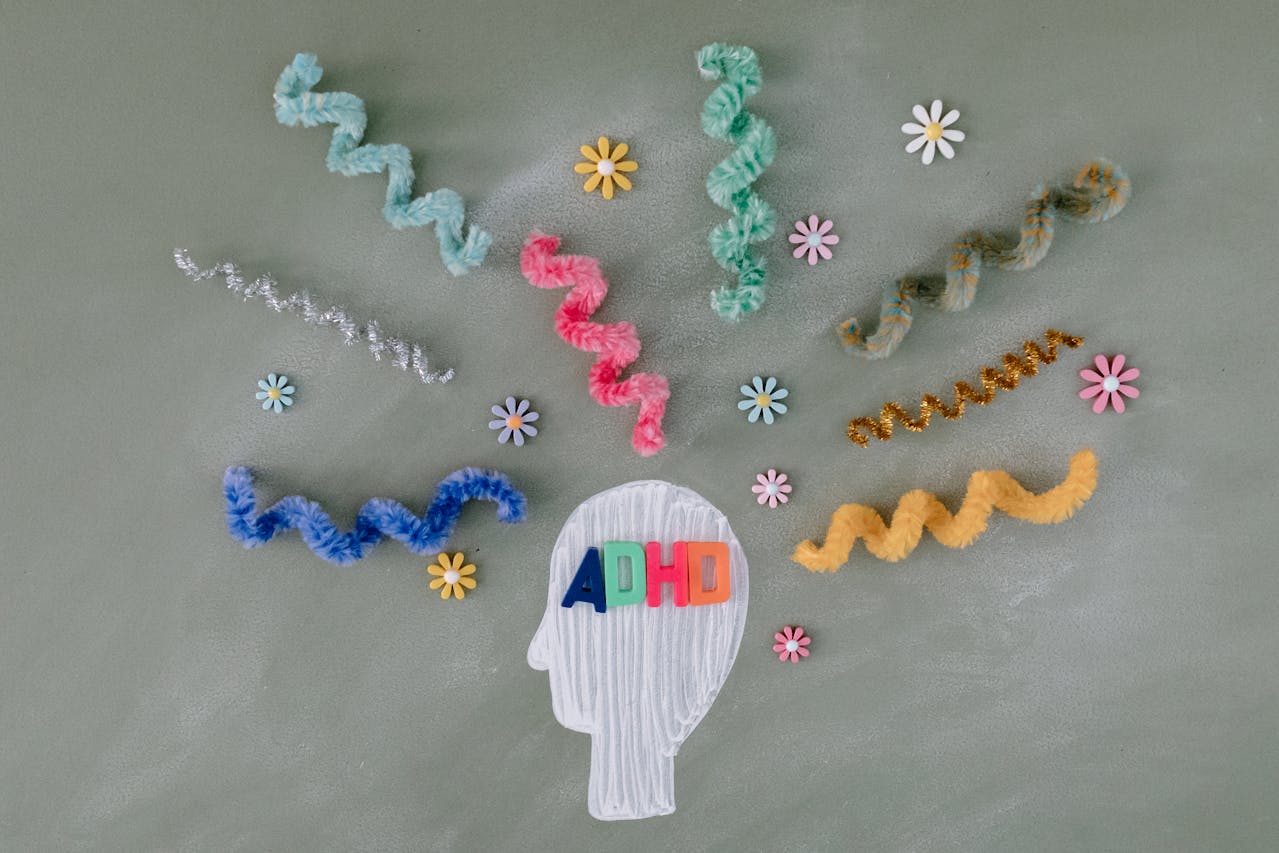Rounding off neurodiversity

The last of the really common neurodiverse conditions I want to introduce you to this Neurodiversity Awareness Week, I’m going to conclude with Attention Deficit Hyperactivity Disorder or ADHD.
Attention Deficit Hyperactivity Disorder (ADHD)
Originating in childhood, ADHD often persists into adulthood. Adults with ADHD may show a persistent pattern of inattention and/or hyperactivity–impulsivity that interferes with day-to-day functioning and/or development. ADHD is a condition with few advantages in the modern world because, like other forms of neurodiversity, it makes it more difficult to meet ‘basic’ expectations that employees will all fit be and behave in a way that makes them easy to monitor, manage, and measure.
Inattention makes many jobs that emphasise accuracy and reliability very difficult for anyone who finds sustained attention difficult. Symptoms include a tendency to make careless mistakes resulting from inattention, appearing not to listen, not completing tasks because they get side-tracked, difficulty organising themselves and others, avoidance of prolonged mental effort, misplacing things (documents, keys, technology) and being generally distracted and forgetful are all possible symptoms of inattention. While few people with ADHD have all these symptoms (only five symptoms from this list to persist in more than one setting are needed for a clinical diagnosis), any of these tendencies would make many jobs very much more difficult.
Hyperactivity sometimes becomes less pronounced over time but can include fidgeting, restlessness, being loud (particularly in play), talking excessively, and interrupting others. Life is frequently harsh, and simply not waiting until the end of interview questions before answering might cost someone a job opportunity. Once again, arbitrary social rules and expectations mean neurotypical behaviour is expected and rewarded, creating a culture of neurotypical privilege in the workplace, with half of all managers admitting they were made uncomfortable by the prospect of hiring a neurodiverse employee.
It is very common for a person who grows up neurodiverse to be diverse in more ways than one. People with ADHD are often dyslexic or autistic as well, the combinations of different diverse traits making for a much more interesting world but also meaning that these particularly diverse individuals face more challenges.
And really, we are just starting…
There are many more neurodiverse conditions, including Tourette syndrome, characterised by its verbal and physical tics that have alienated others and scandalised polite society throughout the ages and acquired neurodiversity, where a person may develop different patterns of thinking and feeling as a result of a brain injury following a head injury or disease.
You can find out more about the diversity of neurodiversity on the Exceptional Individuals website.




Leave a Comment (note: all comments are moderated)